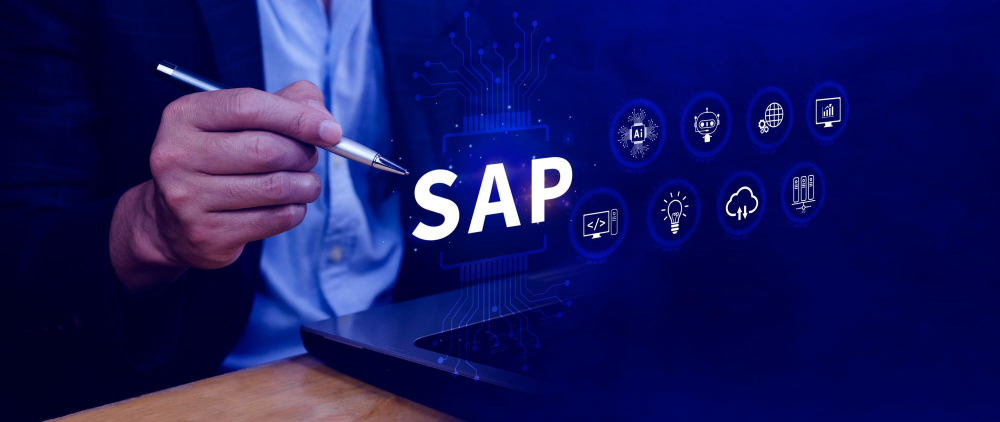- Blog
- November 30, 2021
How is Facial Recognition Being Used Today?

- Blog
- November 30, 2021
How is Facial Recognition Being Used Today?
The global facial recognition market is expected to reach USD $12.11 billion by 2028. While that’s a small figure compared to that of the data analytics market which is expected to grow to a whopping USD $133 billion by 2026, the demand for face analytics continues to grow in-line with the expectations as does the application of data and analytics (link to Data Analytics page) in many spheres of our lives.

The fact that Facebook, Google, Amazon, Microsoft, and a host of other technology majors have acquired—and continue to be on the look-out for—start-ups and companies delving deep in the area of facial recognition, is a testimony to not only the growing demand of facial recognition tools but also the power it can equip organizations with to do so many valuable things that weren’t even imagined earlier, much less possible. One of the many premises being how companies and organizations understand people (customers, prospects, visitors, strangers, patrons, commoners, suspects, etc.) beyond online footprints and such other touchpoints.
Admittedly, facial recognition software solutions have been in use for quite some time now. However, that has been limited to use by a select few such as state and federal investigating agencies, security organizations and, perhaps, a handful of businesses, where it hadn’t fully matured into a reliable resource.
But, technological advancements, both in terms of hardware and software, have now equipped solution providers to conceive and build solutions that can go beyond the traditional and limited use of facial recognition techniques to help users with much more potent information with which to decide and take actions, for the better.
On the hardware front there are many types of cameras, surveillance systems, etc., that work at various resolutions and frames thus allowing capture of more than just the image. The software aspect of it has concepts such as artificial intelligence (AI), cognitive analytics, neural networks and machine learning that are complemented by some of the latest visualization tools such as Microsoft Power BI, Tableau, Kibana, etc.
These advancements are firing the imagination of solution providers and enabling them to build very advanced and yet practically useful solutions that can be put to use in areas ranging from biometrics, information security and access control, to law enforcement, surveillance systems, and smart cards.
The new solutions have gone beyond just matching a person with an existing image. They are capable of much more: from identifying and verifying a person and detecting the depth of his/her emotions to gauging that person’s attention, to multi-face recognition (identifying more than one face) from a digital image or a video frame and also helping in demographics identification.

Now, let us look at some of the use cases of facial recognition:
- Authorized entry into a stadium, building, or other facility with sensitive areas like labs or bank vaults
- Authenticity verification of patrons throughout a game, for example – regardless of the number of times one moves in or out of the stadium, as well as spotting suspicious behavior or activity at a crowded place
- Facilitate secure transactions by using face scans as a payment option.
- Protect security
- Facial identification even if the person’s facial features have changed over time from the earlier instance when his/her image was captured and stored in the database
- Spotting suspicious behavior based on a set of facial emotions (neutral, anger, fear, contempt, etc.)
- Facial verification in cases such as schools where it is required that only verified personnel have access to students
- Investigations – Image-based investigations help in quicker identification of facts relating to a crime, in faster disposal of cases, as well as in taking precautionary measures
- Customer satisfaction/feedback review through sentiment detection. E.g., an existing customer, or a walk-in with the potential to be one, interacts with the business representative (enquires, explores, buys, transacts, etc.) and walks out. A facial recognition tool will instantly gauge the emotion and sentiment of that person and lets the relevant stakeholders know whether that person was satisfied or not (based on positive, negative, or neutral sentiments of the face). These will be extremely useful in all B2C segments where there is direct interaction of customers with the brand or a business.
- Since the solutions also identify demographics, it can be employed in places where there’s age-related prohibition such as casinos, bars, vending machines (for allowing only certain drinks to be had based on age), elections, etc.
While a lot of work is still to be done in this area to arrive at the most impactful use cases, why not explore the benefits of these advanced facial recognition tools to improve your organization’s operational efficiency as indeed performance?
Ask for a free assessment of your data and analytics maturity by MSRcosmos. Contact us to help you design the roadmap to realize the full benefits of data analytics.
Email:info@msrcosmos.com
T:+1 925 399 4218




